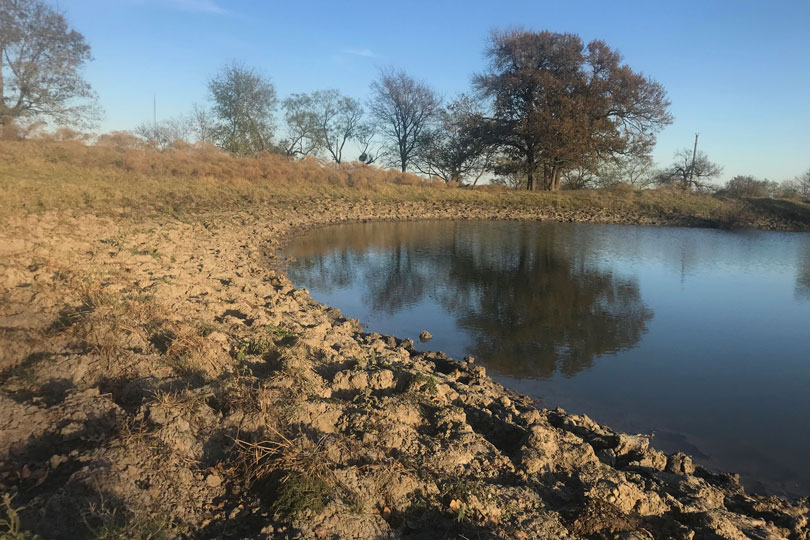By Justin Walker
Communications Specialist
It’s a tale of two halves in Texas, as farmers and ranchers in the western portion of the state are experiencing very different weather patterns than their eastern-based counterparts, according to Southwest Farm Press.
Drought conditions in portions of West Texas and the Panhandle have some farmers and ranchers reevaluating their stocking rates. The lack of significant rainfall in the area has forced many to extend supplemental feeding—a chore they may have to continue if precipitation levels remain low.
According to the Texas Water Development Board (TWDB), most of the Panhandle is experiencing exceptional or extreme drought conditions, with several counties under severe drought. A majority of West Texas is seeing moderate drought conditions, with some severe or abnormally dry conditions in the area.
Dr. Bruce Carpenter, livestock specialist for Texas A&M AgriLife Extension Service in Fort Stockton, said available forage on rangeland and pastures west of the Pecos River is becoming scarce.
“Wheat hasn’t had the moisture to get the growth producers need for normal stocking rates,” Carpenter said. “They’re having to rethink their plan. Some producers are culling. Those who aren’t probably need to be looking at their pastures and deciding when and what cattle to cull or whether they might be able to make the next rain.”
Dr. Ted McCollum, beef specialist for AgriLife Extension in Amarillo, said drier-than-normal conditions in the Panhandle haven’t impacted the cow-calf outlook too severely.
“There may be some instances where producers have had to adjust their stocking rates due to drier conditions, but I’ve not heard anything out of the ordinary for this time of year,” he said.
Ranchers seem to be operating as normal, McCollum said, despite the lack of rain in recent months. Solid rainfall totals last fall helped provide sufficient stockpiles of forage for winter grazing, but the lack of precipitation since could result in a delayed start for warm-season grasses.
“It will be hard to kick spring off well if we don’t get some rain soon,” he said. “We have good deep moisture in pastures and rangelands, but the topsoil profile needs some help.”
McCollum said if the rain doesn’t come soon, it will be a slow start to spring for farmers and ranchers in the region.
While rain has been scarce on the western end of the state, East and Southeast Texas have seen significant rainfall in the past few months. According to TWDB, those regions are not experiencing any level of drought intensity thanks to recent precipitation.
Dr. Jason Cleere, beef cattle specialist for AgriLife Extension in College Station, said the rains and normal temperatures have resulted in good conditions for cow-calf operations in the area.
“Some producers may still be calving, but most have calved out and are beginning to work them,” he said. “If it continues to rain, we should be in good shape.”
For more information, including detailed weather drought conditions in each region of Texas, click here.

